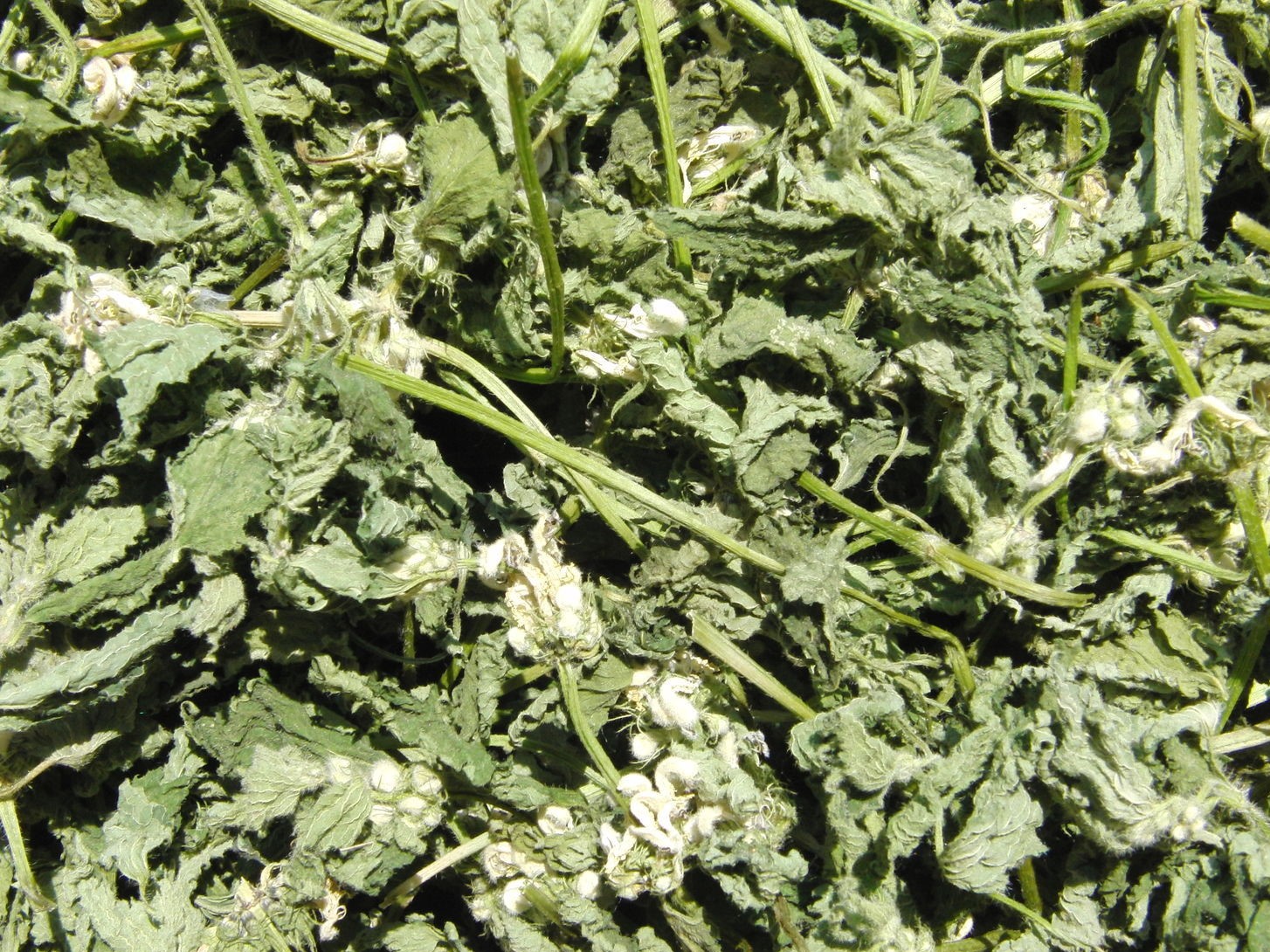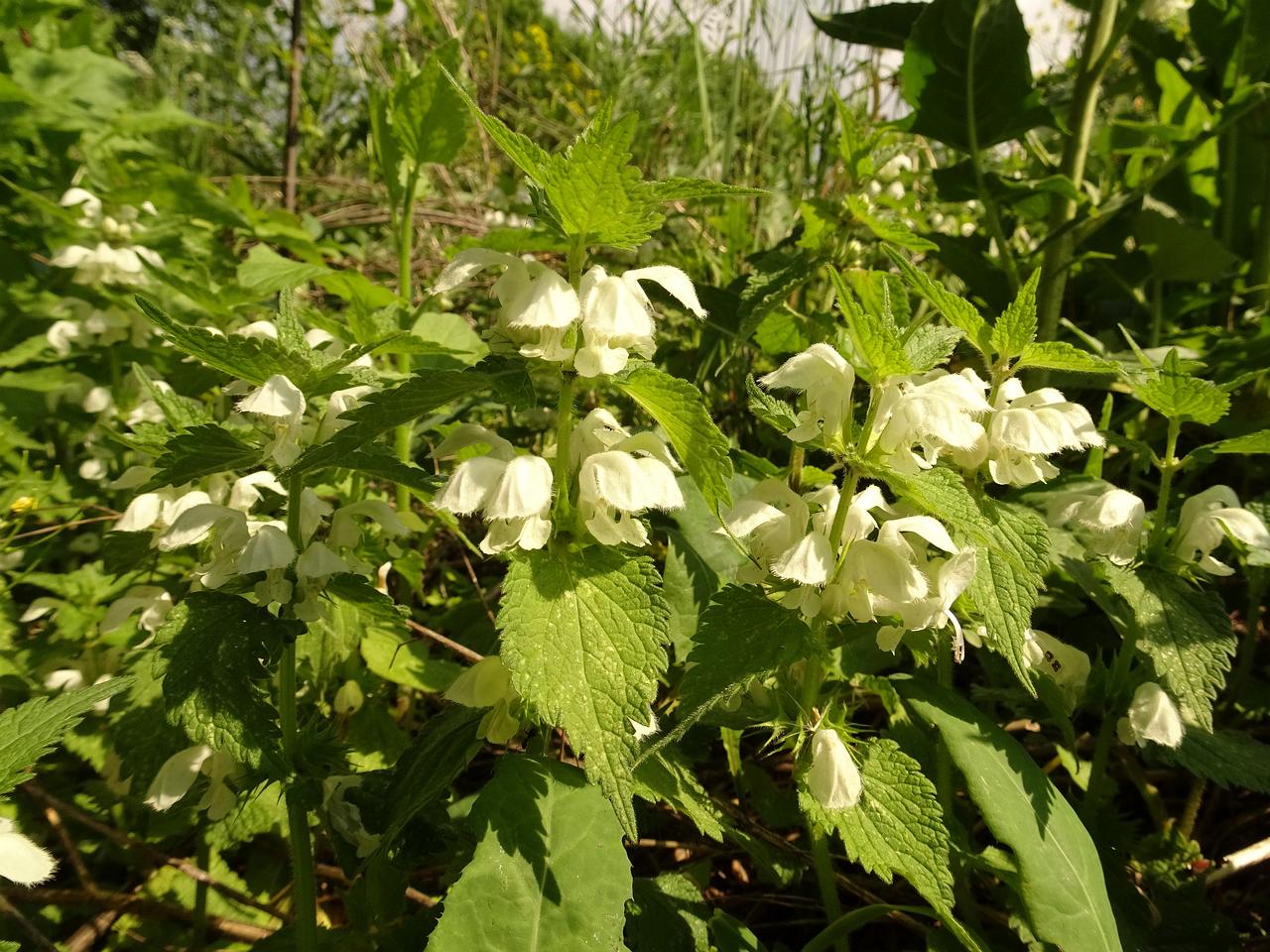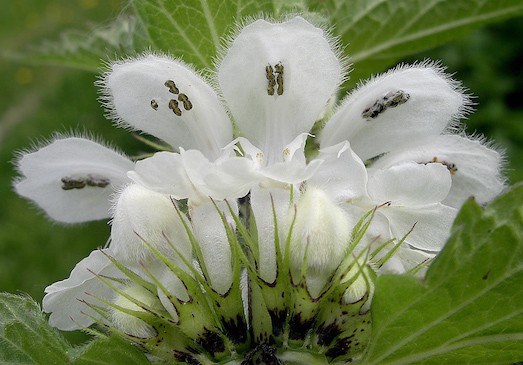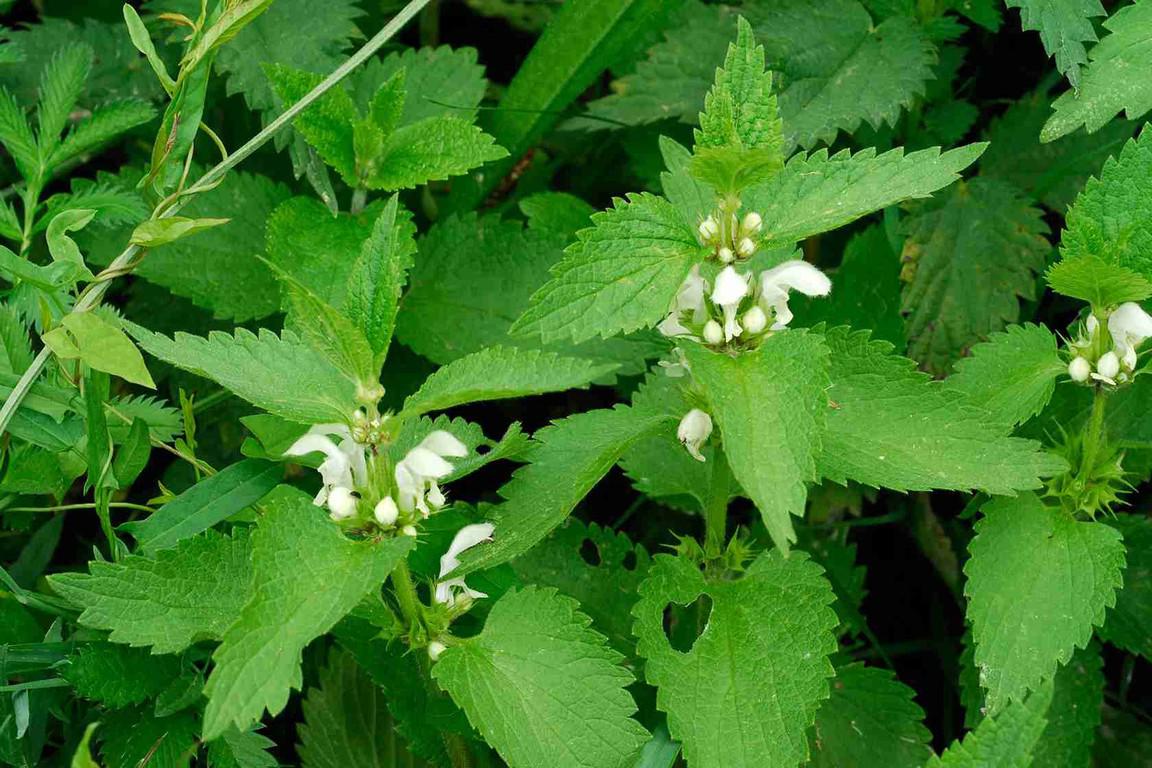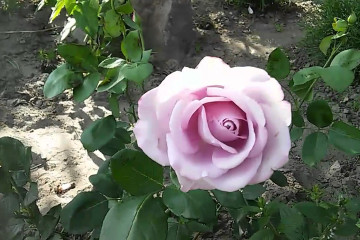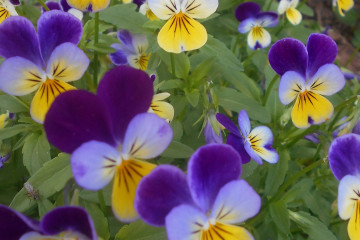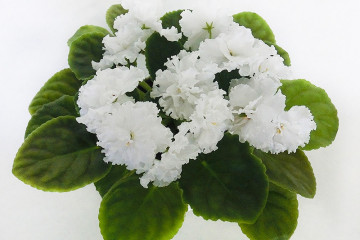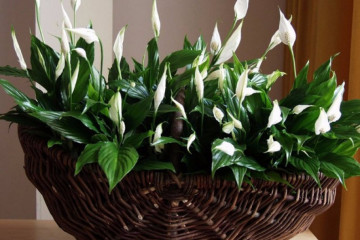White lamb (deaf nettle) - flower description
Content:
White lamb is a medicinal plant that resembles nettle in appearance. It is this similarity that has led to the emergence of the second name "deaf nettle". It is considered a weed that has a huge growing area. It is divorced at home, as it does not require special care.
What does a white lily look like?
If you look at the bush, you can definitely say that the plant looks like a nettle. Therefore, the people call the lucid nettle with white inflorescences "deaf nettles". Botanical Description:
- white cleaver has a name from the Latin "Lamium Album";
- belongs to the species of the genus Lamium;
- belongs to the family Lamiaceae, or Labiatae.
From the point of view of science, a flower has a specific description with specific parameters that are unique to it.
Where and under what conditions it grows in the wild
It is a perennial plant that is unique in its properties and structure. What does a cleaver look like with white flowers:
- drop-shaped leaves with a soft surface, permeated with many veins;
- the stem reaches 1 m in height and grows vertically to the ground;
- creeping roots and long.
It grows quickly and forms bushes.
Healing properties
Flowers and leaves contain many vitamins and microelements, which are actively used for the preparation of medicinal preparations of various types. Tinctures and decoctions are suitable for internal and external use. It is widely used in medicine, as it has medicinal properties:
- pain reliever;
- relieves inflammation of any nature;
- may accelerate blood stop;
- reduces seizures;
- improves the functioning of the digestive system and helps the production of bile;
- tones the uterus and helps restore microflora.
Common lamb is widespread. The flower can be found in Asia Minor and Central Asia, Transcaucasia, Mongolia, China, Japan, Korea. Almost all of Europe is the birthplace of medicinal herbs. The wide range of habitats makes the plant the most popular specimen among wild-growing grasses.
Outdoor plant care basics
The plant is unpretentious even when grown at home. The main thing is to choose the right place. The ideal option would be partial shade, which is formed from a tree or shrub.
The only requirement is regular watering. The ground should be constantly moist, but at the same time well ventilated.
To cultivate the sprouts, it is worth pruning. You can remove excess shoots in any quantity, at any time. The twigs are cut with a sharp pruner.Slices do not need to be treated with aniseptic.
You do not need to fertilize the flower; it is enough to choose the initially correct substrate. Sometimes you can water the bushes with a real mullein. If you overdo it, a phase of rapid growth will occur. Then it will be difficult to control the growth zone.
When and how it blooms
The description of the plant will be incomplete without considering how and when it blooms. The vegetative state has been observed for a long time. That is why many growers use a flower to decorate landscape design.
Types of flowers
The flower is white. It is an excellent honey plant that attracts a lot of bees. Small buds lie very deep in the leaf axils, but at the time of active development they stand out clearly.
Flower shapes
Flowers are located in the axils of the leaves. The bud has an irregular shape, collected in whorls. The petals resemble snapdragons. The shape is obtained thanks to the unique distribution of petals: three at the top and two at the bottom.
Flowering period
It blooms from April to October. In the first year after replanting or sowing, there may be no flowering. After flowering, nut-like fruits appear in place of the buds.
Flower formula and diagram
Flower structure formula: ↑? Ca (5) Co (2 + 3) A2 + 2G (2). The entry has the following transcript of the description of the flower:
- zygomorphic, bisexual;
- double perianth, in which the calyx consists of five fused sepals;
- a corolla of five fused petals (two form the upper lip, and the other three - the lower);
- androecium is formed by four free stamens: two long and two short (two-strong androecium);
- gynoecium is simple, cenocarpous, formed by two carpels (one pistil of two carpels);
- the ovary is superior.
The diagram can clearly explain the structure of the bud. Formula visualization is complex and only an educated botanist can read it.
How to propagate white lamb
There are three main breeding methods for deaf nettles. It usually grows by self-seeding after the seed box ripens. Experienced flower growers recommend planting a clap by dividing the bush. You can use the cuttings method.
Germinating seeds
Dull nettles are germinated from seeds in early spring, but you can lay the seed in the fall. In any case, it will germinate in the spring.
You need to lay the seeds in open ground, which is pre-well moistened. Further, periodic watering is carried out. It is advisable to spray the ground with a spray bottle so as not to wash out the seeds.
Rooting cuttings
Cuttings are carried out at the end of August. It is necessary to prepare a substrate from peat, turf, deciduous soil and sand. Place the cut twig in a pot with damp soil. Cover the container with a jar or plastic cap, creating a greenhouse. Ventilation should be carried out once a day.
By dividing the bush
The fastest and most effective breeding method is to divide the bush. You need to dig up the plant and remove excess soil from the root system. Carefully separate the specimens and plant the sprouts in the prepared wells. It is advisable to prepare the hole two weeks before planting, fertilizing the soil with humus.
Possible problems when growing white ash
Florists love to use deaf nettles when forming flower arrangements in flower beds. The plant can fill empty spaces under trees and in the shade of a fence. An additional plus is unpretentiousness in care, but there are also contraindications that relate specifically to watering.
Diseases
Although deaf nettle loves moisture, an excess of it can cause fungal diseases. The aboveground part does not suffer at the same time, but the root system begins to deteriorate very quickly and can lead to the death of the plant.
Pests
Field lamb does not attract pests, but the domesticated version is susceptible to insect attack. If in summer there is no rain for a long time, then pests can settle in the axils of the leaves. Spider mites, scale insects, mealybugs, whiteflies appear especially often. In the fight against them, insecticides should be used.
Other problems
If the soil is too compacted, and the top layer does not allow air to pass through, then problems with the root system may appear. The shoots of the root will begin to rot, and the plant will gradually wither and die over time.
The family of Lamiaceae is a widespread, but especially popular member of the family is the white-flowered lamb. It is a medicinal plant with a rich chemical composition. It is considered a weed that grows in forests near rivers and lakes. Can be planted at home. Special care for the cultivation of the variety is not required. It is enough to monitor watering and the condition of the soil around the bush.

